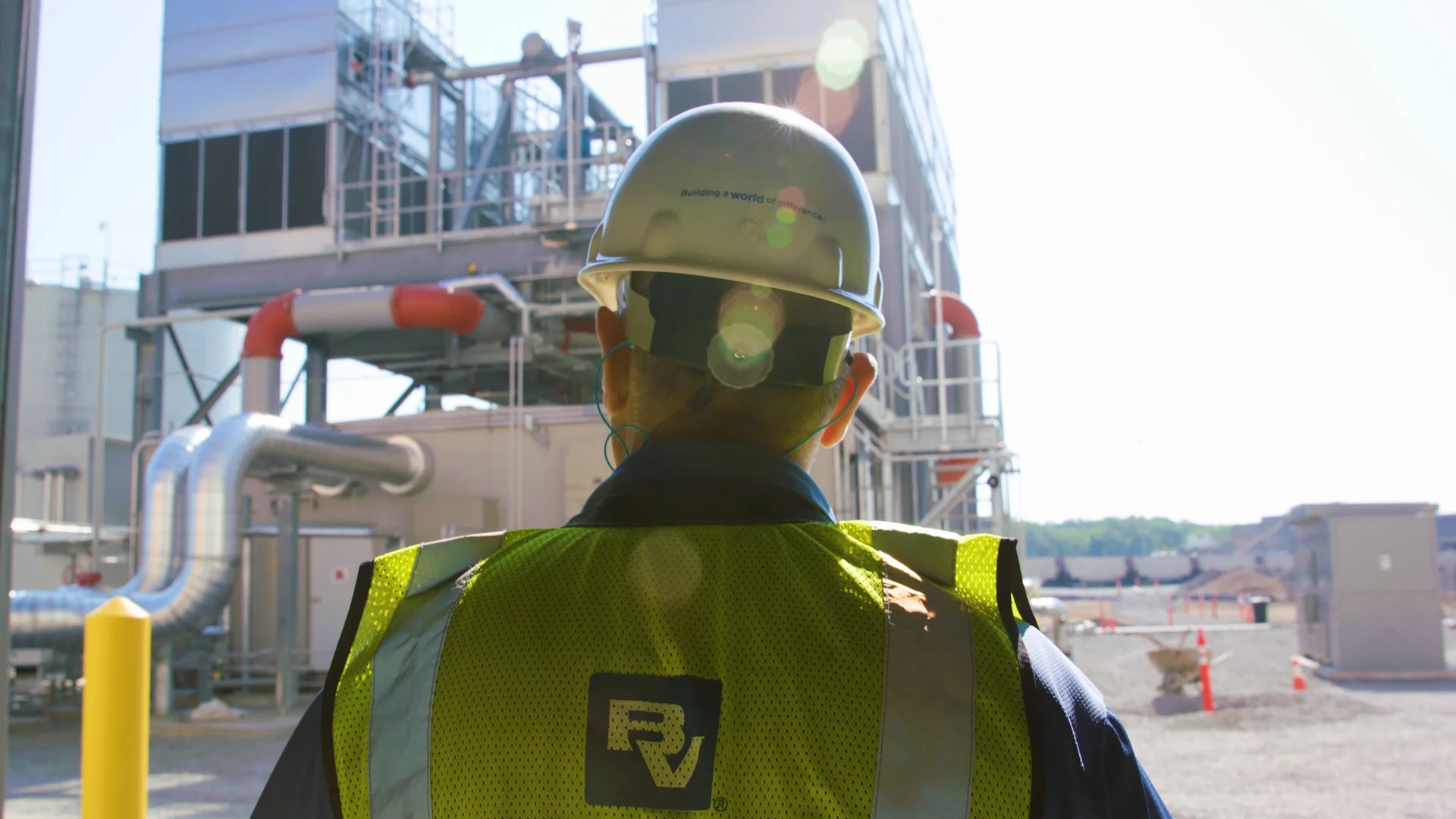Black & Veatch team members “were seizing the opportunity.” That commitment proved key, given the challenges that would play out.
When civil engineering work was to begin in the early months of 2019, the weather was what could be expected in the Midwest that time of year. Persistent rains turned the farmland into a muddy slog, slowing efforts to build entry and access roads to the eventual turbine sites and for a long stretch keeping the team from getting on site.
But Black & Veatch, without sacrificing safety or quality, made up that lost time, readying the sites by that summer just in time for specialized equipment delivery vehicles to work their way down narrow, one-way roads, hauling in the large turbine sections for assembly.
“There's a number of (Black & Veatch professionals) that stepped up and really made the difference in terms of getting through those challenging times,” Fleming said. “Despite the challenges, the team stayed on-site and worked hard to come up with a way to get through it.”
Building the Perfect Turbine
Think of erecting wind turbines – most of them 2.8 megawatts – as piecing together monstrous erector sets, their components hauled in and carefully staged at each of the five dozen foundations.
Some sub-assembly took place on the ground before crews would set the tower’s base section and add the mid-piece, all of it moved into place by a crane weighing hundreds of tons. The rotor was built on the ground, joining the three blades.
Crews and cranes then moved down the road to the next site and did it all over again. Then again and again.
The “top-out” workers then went to work, using a larger crane to install the tower’s two highest sections, then mount the structure’s nacelle – the “machine head” that houses the drive train and other components. That big boxlike piece sits 300 feet in the air, atop a yaw bearing, allowing it to rotate as the wind direction changes. The rotor, already built on the ground, goes on as the final puzzle piece.
From the construction start to finish, the work was done in concert from one turbine site to the next – no small feat in light of the disparate locations of the towers on non-contiguous parcels of land, requiring more time and planning to choreograph it all.
Illinois’ notoriously harsh winter weather didn’t help at times, forcing workers – sweaty after climbing hundreds of feet into the air – to do their job at times in sub-freezing conditions, the wind whipping.
Through it all, there were no serious injuries – testament to time-tested, rigorous safety cultures at Capital Power and Black & Veatch.







